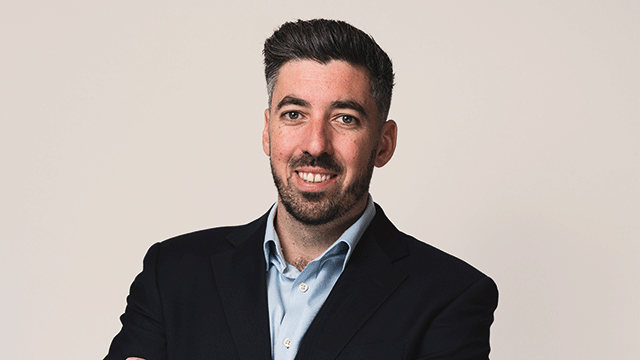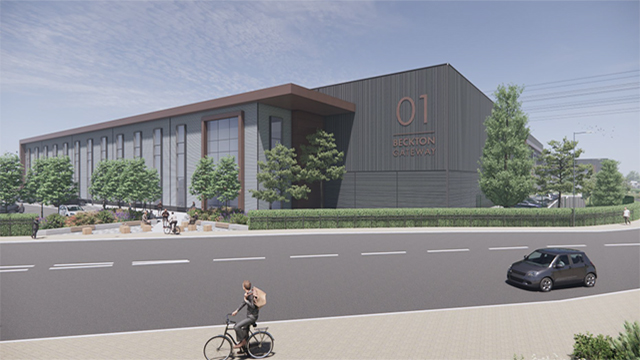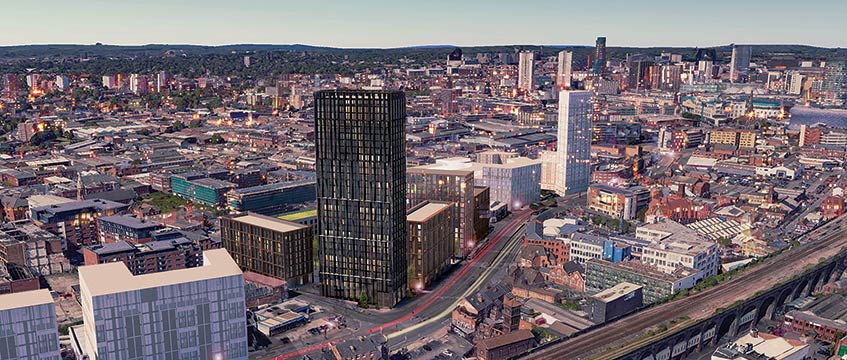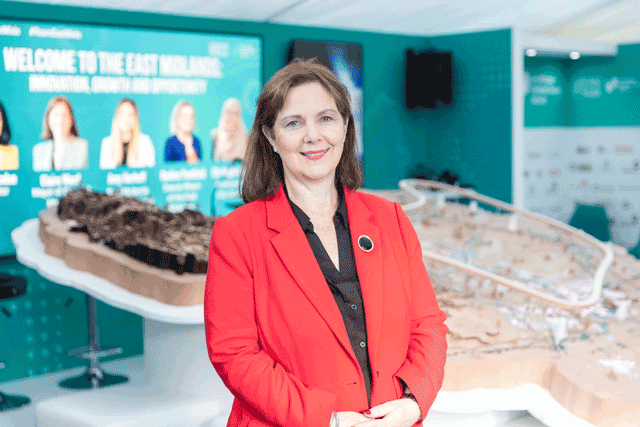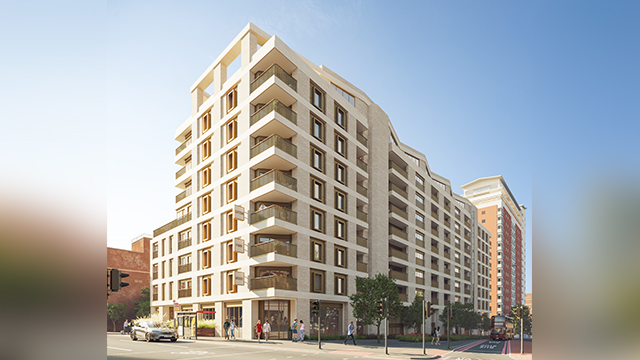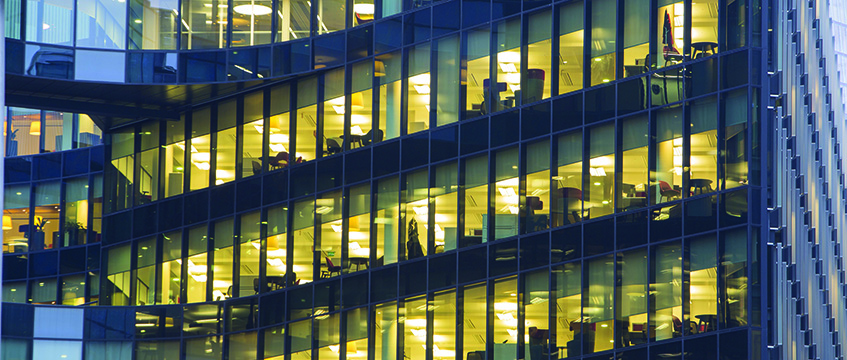For all its hi-tech reputation, Cambridge still hasn’t cracked the elementary problem of space shortage, leaving the research and development sector to suppress any other industry. Cheryl Freedman reports.
Cambridge is a city of contrasts; renowned as a quaint university city on the one hand, and a mecca for hi-tech companies on the other. But the price for this reputation may yet be paid.
The jealously protected green belt circling the city means that new development sites are few and far between. Companies must present water-tight arguments in order to secure prized central sites – for example, maintaining sturdy research links with a university college. Such fierce competition has led some to suggest that Cambridge’s sterling scientific reputation has been nurtured at the expense of other types of business.
Few would counter-attack the need to preserve such an historic city. But Philip Kratz of the planning unit of Cambridge law firm Taylor Vinters says: “The authorities are trying, quite rightly, to protect the setting of Cambridge. As a result we are left with development pressures that are difficult to accommodate. It is right to question whether Cambridge has been well served by the green belt or whether the cure has been worse than the illness.”
Kratz says that it has been to the nation’s benefit to sustain the city’s booming hi-tech industry, but adds: “The planning authorities are now obliged to tamper with market forces by seeking to curtail other development like offices to accommodate this.”
Development curtailed
Mark Vigor, policy manager in the environment and transport department at Cambridgeshire county council, counters: “It is a danger we have been aware of.” With reference to industries other than technology, he says that the county’s policy has been “not to encourage large-scale employment but small businesses, like manufacturing”.
In the struggle to secure new space around Cambridge, businesses have been ushered from the west and south of the county towards the north and east, to locations such as Peterborough and Ely.
Paul Woods of planning and development consultancy Lawson-Price puts it in a nutshell: “What the county is trying to do at a strategic level is to put new employment into areas that need growth, and restrain development around the south, which is already well developed.”
One controversial, if unlikely, answer to the problem of space is to release pockets of green belt for development in the next county structure plan review. The issue may be resolved this summer when the Standing Regional Conference of East Anglian Local Authorities will examine development within existing cities and urban conurbations.
Critical mass
Perhaps the worst side effect of Cambridge’s booming economy and tight planning restrictions has been appalling traffic congestion. Surrounding villages have taken the brunt of Cambridge’s housing needs, says Kratz, which causes jams as commuters battle into town.
According to Vigor, too few locals use bus routes or cycle. But the council is considering a number of initiatives, including park-and-ride; improving bus services; introducing guided bus services on central routes; and encouraging development of cycling networks from surrounding villages into the city.
New settlements will meet some of the county’s residential requirements in the near future, but Woods warns: “A new town has to have a critical mass with sufficient employment land rather than being just a commuter town.”
Hanson Land is following this advice at Hampton, where a new business complex is situated alongside 13,000 new homes (see Peterborough, p117).
Whatever else changes, Cambridge’s research industry looks set to flourish. In particular, says Woods, a cluster of research institutes has sprung up to the south of Cambridge. The Wellcome Trust has opened a campus at Hinxton. And Woods believes that a corridor could open up from Cambridge in the north to Stevenage in the south, where Glaxo Wellcome has its development headquarters.
Suon: contender to the crown
As hi-tech companies continue to scour Cambridge for sites, a new park is attempting to break Cambridge Science Park’s stranglehold on the market. Suon is launching its £100m Cambridge Research Park at a 48.6ha (120 acre) site outside the green belt. Situated on the A10 at Ely Road and known as Landbeach Marina, the site was last used as a holiday park and is 4 miles from the science park.
Stranglehold
Suon beat off competition to purchase the site from LPA receiver Michael Parkes, acting for Barclays Bank. There is planning consent for 55,740m2 (600,000 sq ft) of B1 research and development space spread over 32.4ha (80 acres). A further 16.2ha (40 acres) will be retained for recreational uses and a wildlife reserve. Rents of £129 per m2 (£12 per sq ft) are being achieved in the city and Simon White of Rumsey & Partners, joint agent on the park with Gerald Eve, hints that they will be looking for similar levels.
Originally a gravel pit, the site features immense, shallow, man-made lakes. Some clients, White admits, have been put off by the water mass, but others have responded enthusiastically. “One company considered putting a building on stilts in the middle of the lakes,” he says.
Jonathan Burroughs, head of commercial agency at Bidwells, which is the agent on rival Cambridge Science Park, does not seem not too worried about the new competition. “The research park is, in our view, an inferior location. For those companies that outgrow Cambridge and want more land, there tends to be a preference for the A14 corridor. The A10 single carriageway is congested and staff prefer the A14 corridor. Businesses like to be where there are already other occupiers.”
However, White claims that Suon’s plans for a new roundabout and dual-carriageway access on to the A10 will ease traffic problems, adding: “The science park is slated by its occupiers for traffic because it is a victim of its own success. A lot of people who work there travel down the A10. We’ve clearly got a number of people who could stop before they get to the congestion, while people coming up the A14 towards us will be going against the flow of traffic in the mornings and evenings.”
Poaching ground
White freely admits that they would like to poach a few occupiers from the science park. “We are talking to five companies at the moment about extending their properties. Some of them are talking about relocating completely. Others want to stay in the area but need more space. They will be only five minutes down the road.”
Burroughs concedes that there are quite a few companies seeking large spaces: “That isn’t very easy to come by in Cambridge. Land for expansion is attractive to occupiers.” But, he adds: “I think a lot of developers do a lot of talking. Occupiers want to look at something tangible – evidence that something is happening.”
Snob value
As yet, White reports, the research park will not be going ahead with any speculative developments. Meanwhile, Suon is still seeking that elusive honour – association with a university college, although the Cambridge postcode and telephone prefix could add all-important snob value.
One factor that would tempt occupiers is extra amenities Suon is hoping to include a hotel, which will also provide conference, sporting and restaurant facilities for other occupiers.
At the end of the day, White believes that there is sufficient local demand for space to justify new R&D parks. The bio-technology industry is one of the world growth industries, and Rumsey & Partners research indicates that, of 70 such companies in Europe, more than half of them have a base in Cambridge.




